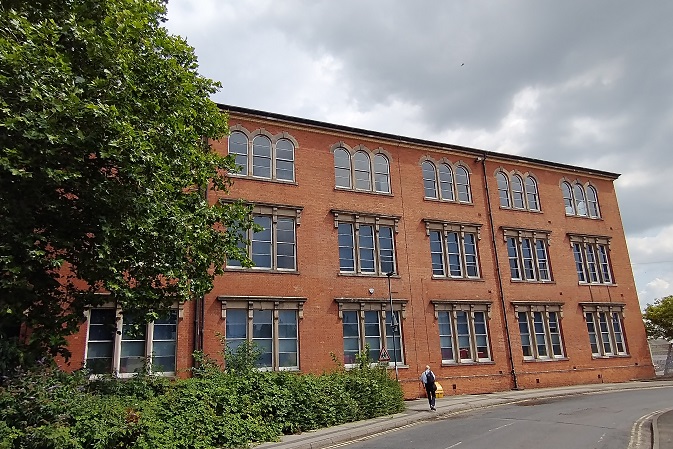The acquisition of a landmark historic building could be the start of major transformation in the area around Derby’s railway station, creating a more attractive gateway into the city centre.
Council Cabinet has approved a recommendation to provide a £500,000 loan to property and regeneration firm London and Continental Railways (LCR), who want to buy Midland House, near to Derby Midland Station. The acquisition could spark significant regeneration of the city’s Railway Conservation Area.
Built in the early 1870s, Midland House was originally the headquarters of the Midland Railway. Along with Midland Hotel and the remaining Railway Cottages, it is one of the city’s unique rail heritage buildings on the west side of Derby rail station.
The building is currently owned by the Department for Levelling Up, Housing and Communities (DLUHC) who have declared it “surplus to requirements”.
The former industrial land between the River Derwent and the railway lines on the east side of Derby station has now successfully developed into Pride Park, home to many rail-related businesses, including East Midlands Railway.
The sale of Midland House could spark a similar transformation to the west side of the station, where there is now renewed interest in the potential of the area.
Following the publication of the Integrated Rail Plan for the North and Midlands in 2021, Derby station area now has HS2 East status and forms part of the HS2 Growth Strategy for the East Midlands.
LCR is wholly owned by the Department for Transport (DfT) and works in partnership with local authorities, Network Rail and Homes England. The company has invested millions of pounds transforming underused public sector properties, particularly around railway stations and transport hubs, into vibrant destinations. The company also delivered a new Business Park at the former Rail Technical Centre (RTC) in London Road, Derby.
Councillor Chris Poulter, Leader of Derby City Council said:
The opportunity to support the purchase of Midland House, an important building in close proximity to the station, is really good news. Any step towards the improvement of the area around the railway station is most welcome.
This is another example of how we have supported regeneration development in the city. The investment should tie in well with other improvements expected, through developments around main stations within the HS2 programme.
Before Easter we should know where the headquarters of Great British Railways will be located which, if Derby is indeed selected, would further add to the potential improvements, to what is a crucial development area of Derby."
The emerging regeneration masterplan for the station area will be the subject to public consultation, as will any subsequent planning applications associated with Midland House and/or the wider area.
